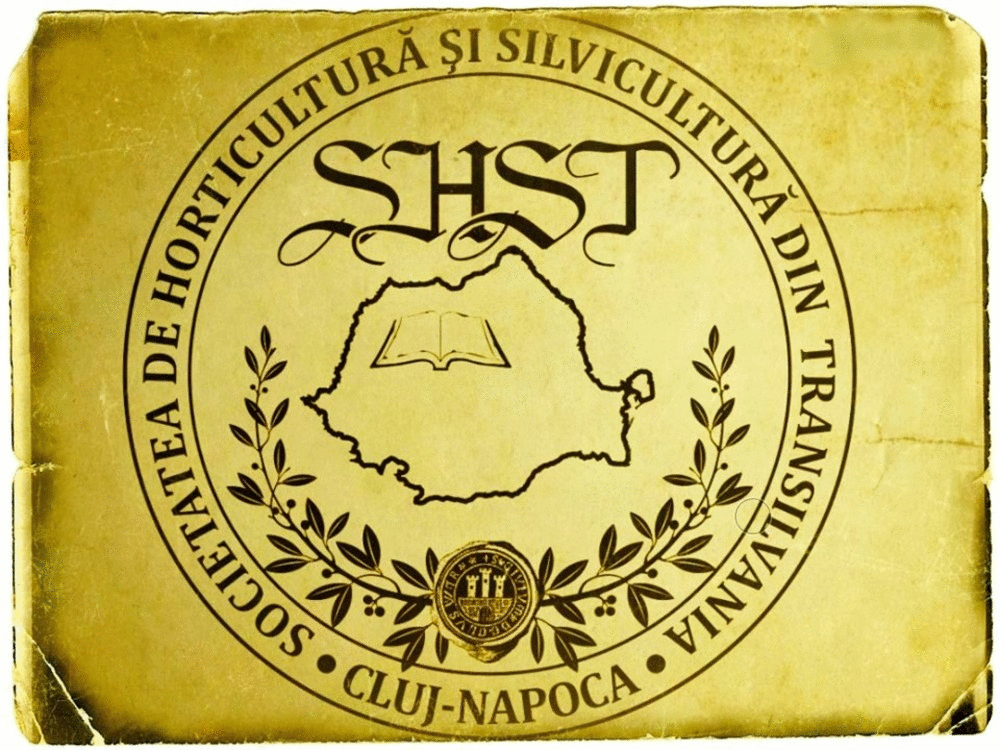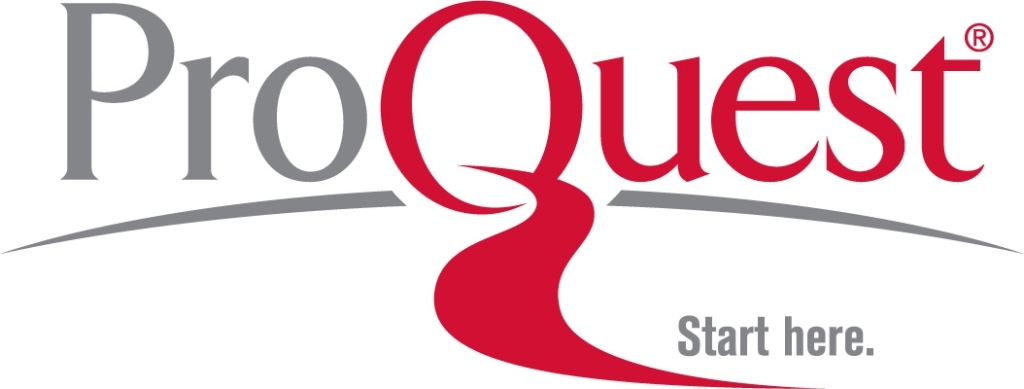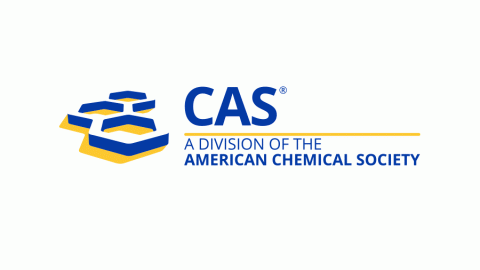Antimicrobial Activity of Olea europaea Fatty Oil against Multi-Drug Resistant and Biofilm Forming Microorganisms
DOI:
https://doi.org/10.15835/nsb10410404Keywords:
antimicrobial activity; anti-biofilm activity; efflux pump; fatty oil; flow cytometryAbstract
The aim of the present study was to investigate the potential antimicrobial activity of Olea europaea fatty oil against a collection of bacterial (Staphylococcus aureus, Escherichia coli and Pseudomonas aeruginosa) and fungal (Candida albicans) clinical isolates. The antimicrobial and antibiofilm activity were evaluated by broth microdilution method for establishing the minimal inhibitory concentration (MIC) and microtiter assay for determining the minimal biofilm eradication concentration (MBEC). Some of the potential microbial targets of the fatty oil were investigated by flow cytometry (FCM). The results obtained hereby revealed that Olea europaea fatty oil inhibited microbial planktonic growth (MICs values of 5.23-41.8 mg/ mL) and biofilm development on inert substrata (MBEC values of 1.31-20.9 mg/ mL). The FCM measurements confirmed that the analyzed oil induced microbial membrane damages and inhibited microbial efflux pump activity.
Metrics
References
Almeida AAP, Farah A, Silva DA, Nunan EA, Glória MBA (2006). Antibacterial activity of coffee extracts and selected coffee chemical compounds against enterobacteria. Journal of Agricultural and Food Chemistry 54:8738-8743.
Ang-Lee MK, Moss J, Yuan CS (2001). Herbal medicines and perioperative care. JAMA 286(2):208-216.
Burt S (2004). Essential oils: their antibacterial properties and potential applications in foods-a review. International Journal of Food Microbiology 94:223-253.
Caturla N, Pérez-Fons L, Estepa A, Micol V (2005). Differential effects of oleuropein, a biophenol from Olea europaea, on anionic and zwiterionic phospholipid model membranes. Chemistry and Physics of Lipids 137(1-2):2-17.
Ceylan E, Fung DYC (2004). Antimicrobial activity of spices. Journal of Rapid Methods and Automation in Microbiology 12(1):1-55.
Engel J (2003). Molecular pathogenesis of acute Pseudomonas aeruginosa infections. In: Hauser AR, Rello J (Eds). Severe Infections Caused by Pseudomonas aeruginosa. Springer Science, Business Media, LLC: New York, NY, USA pp 201-218.
Fleming D, Rumbaugh KP (2017). Approaches to dispersing medical biofilms. Microorganisms 5(2):15.
Fleming H, Etchells J (1967). Occurrence of an inhibitor of lactic acid bacteria in green olives. Applied Microbiology 15:1178-1184.
Friedman M, Henika PR, Levin CE, Mandrell RE, Kozukue N (2006). Antimicrobial activities of tea catechins and theaflavins and tea extracts against Bacillus cereus. Journal of Food Protection 69:354-361.
Gellatly SL, Hancock RE (2013). Pseudomonas aeruginosa: New insights into pathogenesis and host defenses. Pathogens and Disease 67(3):159-173.
Gyawali R, Ibrahim SA (2014). Natural products as antimicrobial agents. Food Control 46:412-429.
Halberstein RA (2005). Medicinal plants: historical and cross-cultural usage patterns. Annals of Epidemiology 15(9):686-99.
Janakat S, Alnabulsi AA, Allehdan S, Holley RA (2015). Antimicrobial activity of amurca (olive oil lees) extract against selected foodborne pathogens. Food Science and Technology 35(2):259-265.
Llor C, Bjerrum L (2014). Antimicrobial resistance: risk associated with antibiotic overuse and initiatives to reduce the problem. Therapeutic Advances in Drug Safety 5(6):229-241.
Markin D, Duek L, Berdicevsky I (2003). In vitro antimicrobial activity of olive leaves. Mycoses 46:132-136.
Martins M, McCusker MP, Viveiros M, Couto I, Fanning S, Pagès J-M, Amaral L (2013). A simple method for assessment of MDR bacteria for over-expressed efflux pumps. The Open Microbiology Journal 7:72-82.
Medina E, De Castro A, Romero C, Brenes M (2006). Comparison of the concentrations of phenolic compounds in olive oils and other plant oils: correlation with antimicrobial activity. Journal of Agricultural and Food Chemistry 54:4954-4961.
Mehrotra S, Srivastava AK (2010). Comparative antimicrobial activities of Neem, Amla, Aloe, Assam Tea and Clove extracts against Vibrio cholerae, Staphylococcus aureus and Pseudomonas aeruginosa. Journal of Medicinal Plants Research 4(23):2473-2478.
Nikaido H (1996). Escherichia coli and Salmonella. In: Neidhart FC (Ed). Cellular and Molecular Biology. ASM Press, Washington DC pp 29-47.
Pereira JA (2007). Phenolic compounds and antimicrobial activity of olive (Olea europaea L. Cv. Cobrançosa) leaves. Molecules 12(5):1153-1162.
Perveen K, Bokhari NA, Soliman DA (2012). Antibacterial activity of Phoenix dactylifera L. leaf and pit extracts against selected Gram negative and Gram positive pathogenic bacteria. Journal of Medicinal Plants Research 6(2):296-300.
Proestos C, Chorianopoulos N, Nychas GJ, Komaitis M (2005). RP-HPLC analysis of the phenolic compounds of plant extracts. Investigation of their antioxidant capacity and antimicrobial activity. Journal of Agricultural and Food Chemistry 53(4):1190-1195.
Rahman MM, Hossain MN (2010). Antibiotic and herbal sensitivity of some Aeromonas sp. isolates collected from diseased carp fishes. Progressive Agriculture 21(1-2):117-129.
Rogers SA, Huigens RW, Cavanagh J, Melander C (2010). Synergistic effects between conventional antibiotics and 2-aminoimidazole-derived antibiofilm agents. Antimicrobial Agents Chemotherapy 54(5):2112-2118.
Romero C, Medina E, Vargas J, Brenes M, De Castro A (2007). In vitro activity of olive oil polyphenols against Helicobacter pylori. Journal of Agricultural and Food Chemistry 55(3):680-686.
Ronalli A, Contento S, Lucera L, Di Febo M, Marchegiani D, Di Fonzo V (2006). Factors affecting the content of irıdoid oleuropein in olive leaves (Olea europea L.). Journal of Agriculture and Food Chemistry 54(2):434-440.
Saviuc C, Grumezescu AM, Oprea E, Radulescu V, Dascalu L, Chifiriuc MC, Bucur M, et al., Lazar V (2011). Antifungal activity of some vegetal extracts on Candida biofilms developed on inert substratum. Biointerface Research in Applied Chemistry 1(1):15-23.
Silva LN, Zimmer KR, Macedo AJ, Trentin DS (2016). Plant natural products targeting bacterial virulence factors. Chemical Reviews 116(16):9162-9236.
SlobodnÃková L, Fialová S, Rendeková K, KováÄ J, MuÄaji P (2016). Antibiofilm activity of plant polyphenols. Molecules 21(12):1717.
Solecki R, Shanidar IV (1975). A Neanderthal flower burial in Northern Iraq. Science 190(4217):880-881.
Sudjana AN, D'Orazio C, Ryan V, Rasool N, Ng J, Islam N, Riley, et al., Hammer KA (2009). Antimicrobial activity of commercial Olea europaea (olive) leaf extract. International Journal of Antimicrobial Agents 3(5):461-463.
Telcian A, Mohammed DH, Chifiriuc MC, Bleotu C, Holban AM, Curutiu C, et al., Ditu LM (2017). Assessment of the anti-biofilm activity and biocompatibility of novel PE and PVC polymers. Romanian Biotechnological Letters 22(50):12997-13004.
Zanichelli D, Baker TA, Clifford MN, Adams MR (2005). Inhibition of Staphylococcus aureus by oleuropein is mediated by hydrogen peroxide. Journal of Food Protection 68(7):1492-1496.
Downloads
Published
How to Cite
Issue
Section
License
Papers published in Notulae Scientia Biologicae are Open-Access, distributed under the terms and conditions of the Creative Commons Attribution License.
© Articles by the authors; licensee SMTCT, Cluj-Napoca, Romania. The journal allows the author(s) to hold the copyright/to retain publishing rights without restriction.
License:
Open Access Journal - the journal offers free, immediate, and unrestricted access to peer-reviewed research and scholarly work, due SMTCT supports to increase the visibility, accessibility and reputation of the researchers, regardless of geography and their budgets. Users are allowed to read, download, copy, distribute, print, search, or link to the full texts of the articles, or use them for any other lawful purpose, without asking prior permission from the publisher or the author.













.png)















